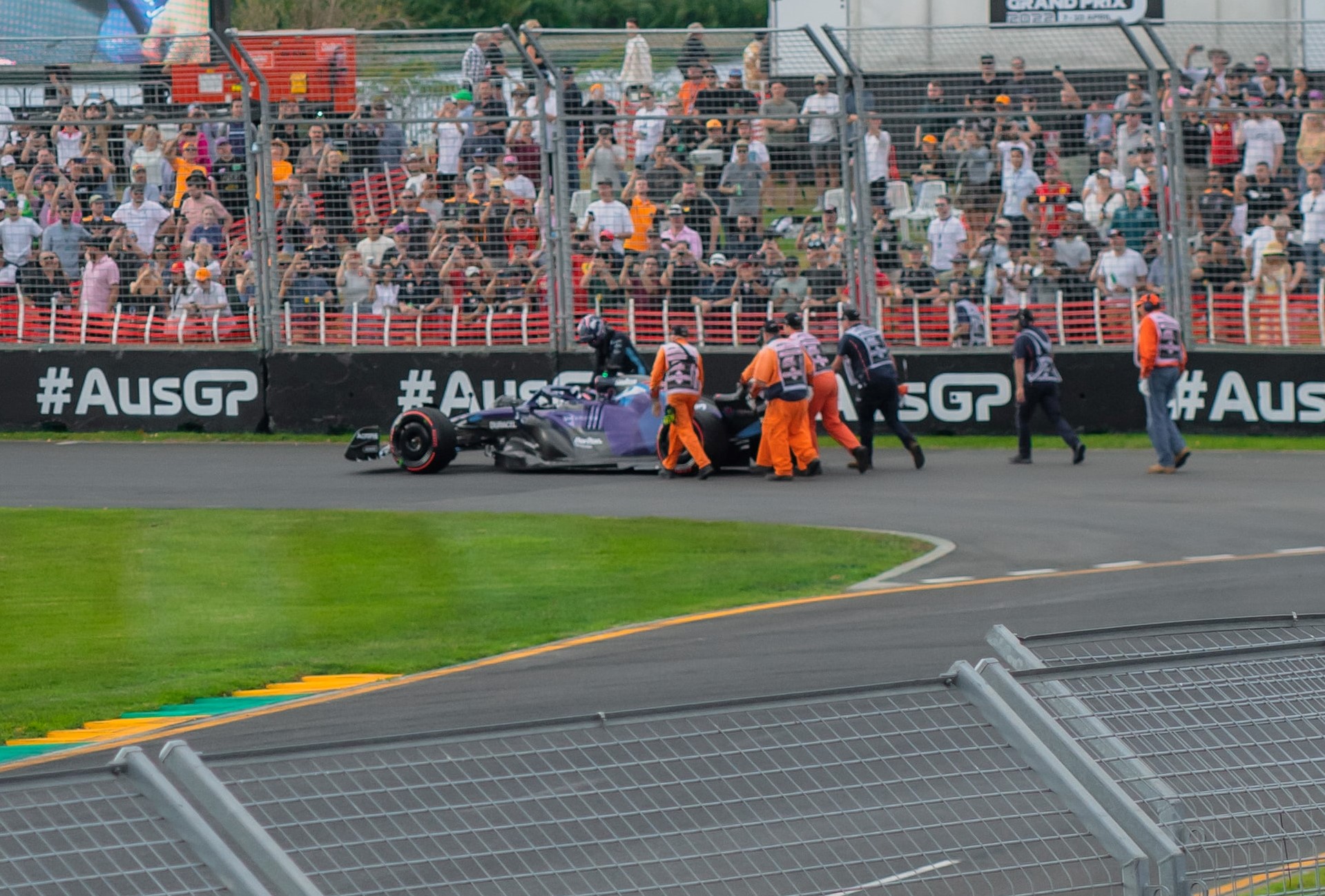When you have a sport which is as fast and as dangerous as F1, you are bound to run into issues such as safety concerns. This is problematic for most people watching, as the sport seems utterly unsafe and rather dangerous. To be frank, it is both but how safe really depends on your perspective, that of a viewer, or that of a professional driver with years of experience on the race tracks.
Are F1 cars safe? Yes and no and here is why, explained in detail.
The Nature of the Beast

We have to get the cat out of the bag. F1 is dangerous. It cannot be a safe sport when you see drivers zooming around the track, reaching speeds up to 200 MPH or 320 KMH on a straight. This is really fast, as anyone who floored their car will know, that their car is unlikely to go above 125 MPH or 200 KMH.
Driving at those speeds is already dangerous, so what’s another 80 or 120 m/kmh, depending on your system? Given that the cars are open cars, things are already more dangerous than something like NASCAR, where the driver at least has the car to protect them in case of an accident. Yet, there have been advancements in safety, which make F1 slightly less dangerous.
Safety Features Galore
Every F1 car has to adhere to safety standards set by the FIA, however, the way these standards are brought to life is also problematic. Most standards and features are brought to the table after someone crashes and either gets seriously injured or dies, like Ayrton Senna, who most likely would have survived had he had modern safety features.
This is the unfortunate nature of the sport, where it is much harder to be proactive when it comes to the safety features, than it is to be reactive. Given the long history of F1, currently there are numerous safety features that help the drivers survive any crash, given the right circumstances. Test drivers actually test the cars, and some tests include crash tests with dummies. This is a mandatory part of constructing an F1 car, so it is actively being worked on.

The Halo
This is overall one of the newest and most important safety features included in an F1 car. The halo is a carbon halo that rests on top of the vehicle, preventing the driver’s head from coming into contact with any other surface, including another F1 car. Manufacturers and drivers were unhappy after it was made mandatory in 2018, but given its actual practical helpfulness, nobody was complaining as soon as they realized that it would save lives.
Overall, it’s hard to say that F1 is anything but a dangerous sport. However, years of experience and years of unfortunate events have made it much safer than it was upon inception. AI technology actively helps analyze races and to predict new ways that a car could be made safer.
The future is looking bright for the safety of an otherwise really dangerous sport.




